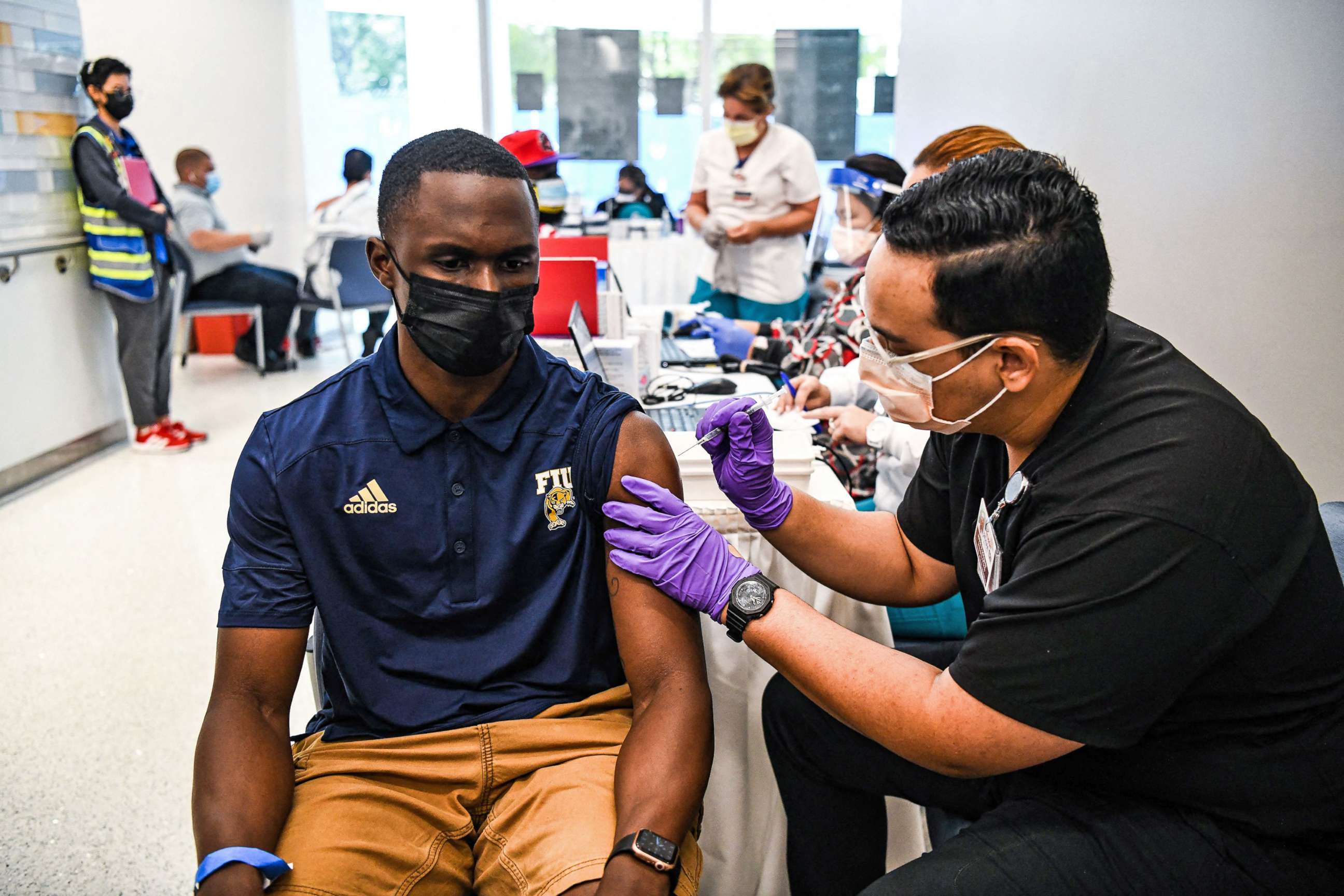School Vaccine Mandates Debate
School Vaccine Mandates Debate
(School Vaccine Mandates Debate)
To complete this assignment, first select a point and counterpoint issue of interest to examine. You may choose your own or select from the list below:
School Vaccine Mandates: A Comprehensive Analysis
Introduction
Vaccination has significantly reduced the prevalence of infectious diseases worldwide. A critical debate centers on whether states should mandate vaccines for school attendance. This paper examines the arguments for and against such mandates, considering public health, individual rights, and societal implications.

Arguments Supporting School Vaccine Mandates
1. Protection of Public Health
Mandatory vaccinations in schools help achieve herd immunity. This form of indirect protection occurs when a significant portion of a population becomes immune to a disease, thereby reducing its spread. Herd immunity safeguards those who cannot receive vaccines due to medical reasons, such as allergies or compromised immune systems. By ensuring high vaccination rates among students, schools can minimize outbreaks of vaccine-preventable diseases, protecting both the student body and the broader community.
2. Prevention of Disease Outbreaks
Historical data demonstrates that low vaccination rates correlate with increased incidences of diseases like measles and pertussis. For instance, communities with lax vaccination laws have experienced outbreaks, emphasizing the necessity of maintaining high immunization coverage. School mandates ensure consistent vaccination rates, thereby preventing potential epidemics that can strain public health resources.
3. Economic Benefits
Preventing diseases through vaccination reduces healthcare costs associated with treating illnesses. Hospitalizations, medications, and long-term care for complications can be financially burdensome. Additionally, parents may need to miss work to care for sick children, leading to lost wages and decreased productivity. By mandating vaccines, schools contribute to economic stability by minimizing these financial strains.
4. Ethical Responsibility
There exists an ethical obligation to protect vulnerable populations, including infants, the elderly, and those with compromised immune systems. Mandatory vaccinations in schools uphold the principle of beneficence, aiming to do good and prevent harm. This collective responsibility ensures that individual actions do not adversely affect the health of others, aligning with societal moral standards.
Arguments Opposing School Vaccine Mandates
1. Individual Autonomy and Freedom
Mandating vaccines can be perceived as an infringement on personal liberties. Some individuals believe that medical decisions, including vaccinations, should remain personal choices. Compulsory vaccination policies may be viewed as governmental overreach, conflicting with individual rights to bodily autonomy and informed consent.
2. Religious and Philosophical Beliefs
Certain religious or philosophical beliefs oppose vaccinations. Mandatory vaccination policies may force individuals to act against their deeply held convictions. While many states offer exemptions for such cases, the balance between respecting individual beliefs and ensuring public health remains contentious.
3. Concerns About Vaccine Safety
Despite extensive research affirming vaccine safety, some individuals remain concerned about potential adverse effects. Historical instances, such as the 1976 swine flu vaccine and its association with Guillain-Barré syndrome, have contributed to public skepticism. These concerns fuel resistance to mandatory vaccination policies, as individuals weigh perceived risks against benefits.
4. Distrust in Pharmaceutical Companies and Government
Past unethical practices by pharmaceutical companies and governmental agencies have led to public distrust. This skepticism extends to vaccination programs, with some individuals questioning the motives behind mandatory policies. Concerns about profit-driven agendas and inadequate regulatory oversight contribute to resistance against compulsory vaccinations.
Legal and Policy Considerations
1. State Authority and Public Health
In the United States, vaccination requirements for school attendance are determined at the state level. All 50 states mandate certain vaccinations for children entering public schools, though specific requirements and exemptions vary. This decentralized approach allows states to address local public health needs while considering cultural and societal factors.
2. Exemptions and Their Implications
Most states offer medical and religious exemptions for vaccination mandates; some also allow philosophical exemptions. However, higher rates of exemptions have been associated with increased disease outbreaks. Balancing individual rights with community health remains a complex policy challenge, as unchecked exemptions can undermine herd immunity.
3. Legal Precedents
The U.S. Supreme Court has upheld the authority of states to mandate vaccinations. In the 1905 case Jacobson v. Massachusetts, the Court ruled that individual liberties could be overridden to protect public health. This precedent supports the legality of school vaccine mandates, reinforcing the state’s role in safeguarding communal well-being.
Global Perspectives
1. International Approaches to Vaccine Mandates
Countries worldwide adopt varying strategies regarding vaccine mandates. Some nations, like Italy and France, have implemented strict mandatory vaccination policies for schoolchildren, resulting in high immunization rates. Others rely on voluntary programs supplemented by public education campaigns. These diverse approaches reflect cultural attitudes toward authority, individual rights, and public health priorities.
2. Impact of Mandates on Vaccination Rates
Studies indicate that mandatory vaccination policies generally lead to higher immunization rates. However, the effectiveness of these mandates depends on enforcement mechanisms, public trust in health authorities, and the availability of vaccines. In some cases, mandates without adequate public engagement have led to increased resistance and decreased compliance.
3. Ethical Considerations in a Global Context
Ethical debates surrounding vaccine mandates are not confined to any single country. Globally, societies grapple with balancing individual freedoms against collective health benefits. Cultural, religious, and historical contexts influence these discussions, highlighting the need for policies that are both effective and culturally sensitive.
Conclusion
The debate over school vaccine mandates encompasses public health imperatives, individual rights, ethical considerations, and legal frameworks. Proponents argue that such mandates protect community health, prevent disease outbreaks, and offer economic benefits. Opponents raise concerns about personal autonomy, religious freedoms, vaccine safety, and institutional trust. Navigating this complex issue requires a nuanced approach that respects individual beliefs while prioritizing public health. Engaging communities, ensuring transparency, and providing education about vaccine benefits are crucial steps toward achieving a consensus that safeguards both individual rights and societal well-being.


